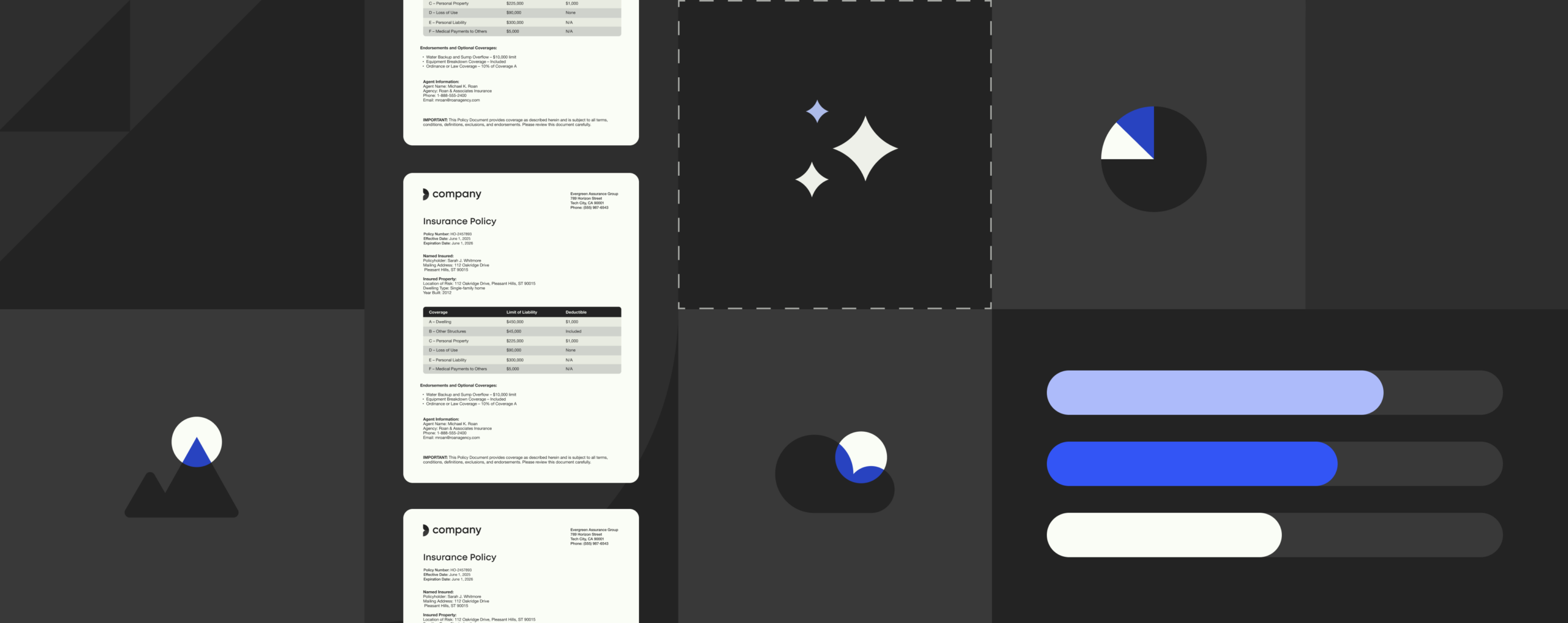Brand Identity Updates: Don’t Be Blind To Office Applications

One of the biggest communication problems I encounter when working with companies undergoing a visual identity update is between company brand managers and the designers they hire to help rebrand their assets.
If one side doesn’t hear the other at this important time, the entire operation may be in jeopardy. Designers, understandably, are often focused on external outcomes. It’s up to brand managers to ensure that the updates work internally as well.
A lot of money gets spent on visual updates, so you want to be certain everyone across the entire organization actually uses and implements them. The goal is to reach all touchpoints, right down to PowerPoint presentations, not just the company site or business cards.
I’ve encountered large enterprise companies that have commissioned an entire brand identity update, received the material, approved it at board level and rolled it out throughout the company – only to realize that the digital assets don’t work on staff computers.
One business I met with commissioned an expensive new typeface for company documents in an effort to reflect the organization’s branding. The problem was that they realized, belatedly, that the font file was incompatible with the employees’ productivity software.
Such mistakes can be costly, not to mention embarrassing. Nine times out of 10, they arise not through incompetence but through a lack of clear communication between designers and clients, and because the cultures of creatives and the managers who contract them are worlds apart.
Think different
For starters, the classic Apple ads were right – creatives are Macs and most enterprise staff are PCs. Most designers spend their days using Adobe Creative Suite and either ignore or actively resent Microsoft Office.
This can lead to file format problems. Too often, when designers deliver projects, clients realize that end results produced on one system type don’t work on the machines where they are intended for use.
You may think designers should be gracious enough to produce for cross-system compatibility. But they cannot second-guess requirements for dozens of different operating permutations. It is the brand manager’s responsibility to make requirements clear at the outset.
Context is everything when refreshing brand identity
A good brand manager considers the whole, multi-layered process when it comes to rebranding and creative delivery. That means going beyond what assets are supposed to look like, and understanding the context in which they will be used by staff. After all, you can’t control what you don’t understand.
This applies not just to file and function concerns but to visual considerations too. It’s especially critical for enterprises where a large number of employees are producing an even greater amount of content. I once saw a brand manager thrilled to receive a series of new corporate logos and designs, only to realize that when projected through an overhead projector during staff presentations, they were transparent and barely visible.
Designers must take time to learn and understand what capabilities and duties clients really have, and clients must ensure they communicate those functions clearly to their designers. Without this, they have little right to expect revisions after a problem is discovered.
Be mindful of both sides
What is needed is a little empathy and exchanged experience to break down the cultural divide. Bring your designer in to really understand how your team operates, even if the designer works from another area of the country.
But first, take time to ensure that you know what your colleagues need from design assets. Brand managers are sometimes isolated in their own office space, disconnected from the needs and quirks of the fellow staff’s day. While employees are accessing and using brand assets from a greater number of applications and devices, meaning any design updates need to be optimized for all platforms.
They must also be sure to push back against any inclination designers may have to complicate materials they are producing. If their visuals look stunning as designed on their 5K iMac but lack definition when shown through the humble office PowerPoint machine, viewers may struggle to even see the important facts or messages in a piece of work. Just imagine how embarrassing this could be if, when presenting sales figures to your CEO, the figures are not even discernible.
Think of a brand manager role as a diplomat between designers and office staff. Only by breaking down the cultural and communication barriers between corporates and creatives can businesses allow themselves to clearly convey what is needed in sufficient depth.


